Biowaste-Derived Triboelectric Nanogenerators for Emerging Bioelectronics
- PMID: 39248387
- PMCID: PMC11558148
- DOI: 10.1002/advs.202405666
Biowaste-Derived Triboelectric Nanogenerators for Emerging Bioelectronics
Abstract
Triboelectric nanogenerators (TENGs) combine contact electrification and electrostatic induction effects to convert waste mechanical energy into electrical energy. As conventional devices contribute to electronic waste, TENGs based on ecofriendly and biocompatible materials have been developed for various energy applications. Owing to the abundance, accessibility, low cost, and biodegradability of biowaste (BW), recycling these materials has gained considerable attention as a green approach for fabricating TENGs. This review provides a detailed overview of BW materials, processing techniques for BW-based TENGs (BW-TENGs), and potential applications of BW-TENGs in emerging bioelectronics. In particular, recent progress in material design, fabrication methods, and biomechanical and environmental energy-harvesting performance is discussed. This review is aimed at promoting the continued development of BW-TENGs and their adoption for sustainable energy-harvesting applications in the field of bioelectronics.
Keywords: biocompatibility; bioelectronics; biowaste; energy harvesting; triboelectric nanogenerator.
© 2024 The Author(s). Advanced Science published by Wiley‐VCH GmbH.
Conflict of interest statement
The authors declare no conflict of interest.
Figures


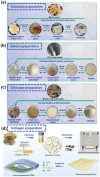
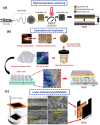







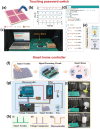





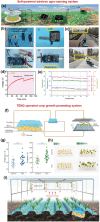
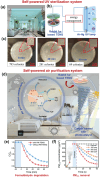

References
-
- Zhang R., Olin H., EcoMat 2020, 2, e12062.
-
- Sayyad P. W., Park S.‐J., Ha T.‐J., Biotechnol. Adv. 2024, 70, 108297. - PubMed
-
- Liu S., Tong W., Gao C., Liu Y., Li X., Zhang Y., J. Mater. Chem. A 2023, 11, 9270.
-
- Yang H., Fan F. R., Xi Y., Wu W., Adv. Sustain. Syst. 2020, 4, 2000108.
Publication types
MeSH terms
Substances
Grants and funding
LinkOut - more resources
Full Text Sources
Research Materials
